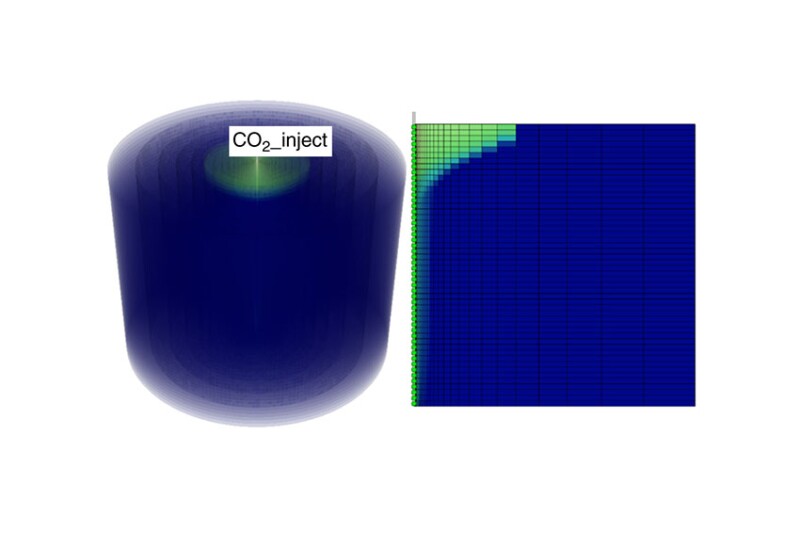The rate and severity of potential loss of CO2 injectivity in saline aquifers as the result of brine dry-out and salt accumulation near the wellbore is one of the main uncertainties in carbon capture and storage project planning. Default parameters implemented in commercial reservoir simulators overestimate the degree of salt precipitation and the resulting permeability impairment. The current study used laboratory and digital core analyses of Berea sandstone to estimate the petrophysical and dynamic properties for adjustment of predicted precipitation and flow reduction in reservoir simulation models of intermittent CO2 injection with aquifer drive.
Introduction
Salt precipitation has multiple effects on CO2 flow, involving a complex interplay of physical and chemical mechanisms, dependent on length scale, time, and reservoir and injection history. The salt occludes pore volume to ultimately reduce absolute permeability, while formation brine dehydration initially increases the effective permeability to CO2 because of the increase of CO2 saturation.


